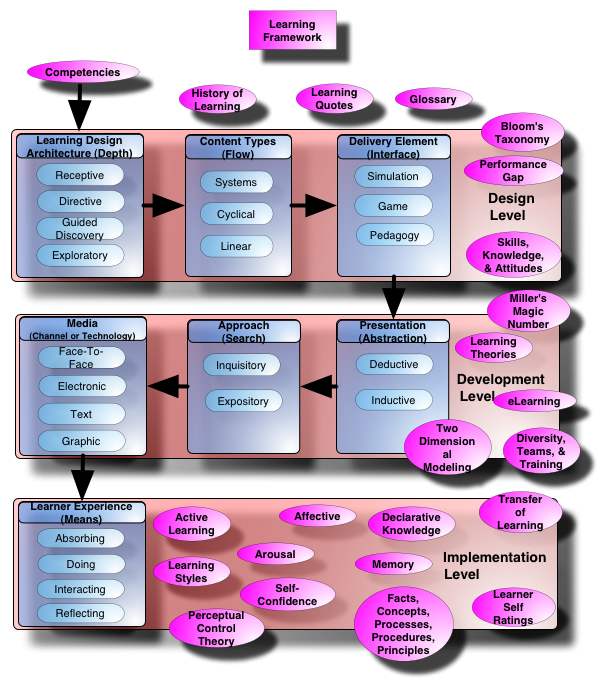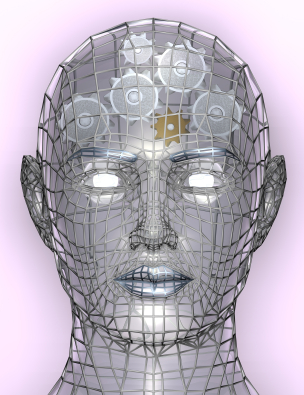The Self-System and Learning
The self-system is an interconnected network of beliefs that helps a person to make sense of the world and decide what goals and tasks to pursue. Harry Stack Sullivan first developed the concept of a self-system in 1953 in which he described it as the individual's collection of self-perceptions.
When learning, a presenting task (the task at hand) passes through our self-system. If the presenting task is judged as important and doable, then the learner is normally motivated to engage in the presenting task or goal.
However, if the task is presented as low-relevance or a low probability of success, then a negative effect is generated and motivation for task engagement is low (Harter, 1980; Markus, Ruvulo, 1990). Thus, we will steer our efforts to other interests
For example, a student in a leadership class might be thinking about the upcoming weekend. The instructor might say something similar to, “it is important to pay attention to this part of the lesson, as the rest of the material is closely based upon it.” The learner can either pay attention to the instructor, or continue with her thought about the upcoming weekend. In either case the learner makes a choice through her self-system that determines how her cognitive system knowledge domain will be utilized.
Our Self-system Guides Us in What We Need to Learn
Most of us, beginning in childhood, have an intrinsic ability to judge our own progress. This is a natural aspect of our ability to learn. But schools and workspaces subjugate that natural assessment to the judgment and ranking of teachers, supervisors, and other experts, whose appraisals can determine our tracking, promotion, opportunity, wealth, status, and ultimately even self-esteem. Business assessment systems such as Management by Objectives (MBO) tend to institutionalize a destructive process where bosses propagate the same measures and assessments of which they are also victims. Thus, assessment is not emotionally neutral territory. Inherent fear and resentment diminishes the quality of any assessment effort -- particularly those involved with assessing organizational learning." - Roth and Kleiner (1995):
For a learning process to be engaged, the learner must view themselves as an activator of the process by possessing positive self-views in general, as well as have specific perceptions of competency and control in particular learning situations (McCombs, 1986).
Next Steps
Next chapter: Metacognition
Return to the introduction: Self, Metacognition, Cognition, Knowledge Systems
References
Harter, S. (1980). The perceived competence scale for children. Child Development, 51, 218-235.
Markus, H., Ruvulo, A. (1990). Possible selves. Personalized representations of goals. In Pervin, L. (Ed.), Goal concepts in psychology (pp. 211-241). Hillsdale, NJ: Lawrence Erlbaum.
Marzano, Robert J. (1998). A Theory-Based Meta-Analysis of Research on Instruction. Mid-continent Aurora, Colorado: Regional Educational Laboratory. Retrieved from http://eric.ed.gov/?id=ED427087
McCombs, B.L. 1986. The Role of the Self-system in Self-regulated Learning, Contemporary Educational Psychology, 11(4), 314–332.
Sullivan, H. S. (1953). The Interpersonal Theory of Psychiatry. New York: Norton.


